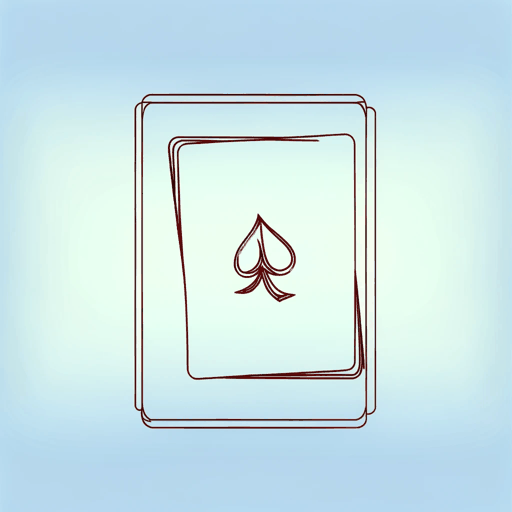24 pages • 48 minutes read
Louise ErdrichFleur
Fiction | Short Story | Adult | Published in 1986A modern alternative to SparkNotes and CliffsNotes, SuperSummary offers high-quality Study Guides with detailed chapter summaries and analysis of major themes, characters, and more.
Story Analysis
Analysis: “Fleur”
“Fleur” explores issues of agency, authorship, and authenticity in the craft of storytelling. The stories of Fleur’s drownings which open “Fleur” combine hearsay, myth, and fact, as Erdrich establishes a storytelling tradition within the community at Lake Turcot, employing magical realism, a technique which combines fantastical elements with reality. Pauline presents her personal experience of discovering Fleur’s tracks shifting into those of a clawed animal as fact to support the semi-mythical presentation of Fleur by the community elders. However, by the end of the story the tribal knowledge is called into question explicitly. Pauline notes that there are still stories about Fleur and her baby and that the “old men talk” about her (189), but Pauline notes that they get the story “wrong” because “they only know they don’t know anything” (189). Erdrich complicates the magical realist presentation by introducing an element of speculation, positioning Pauline—and thereby the narrative voice of the story—as the ultimate authority on Fleur’s semi-mythical personhood. Reinforcing Pauline’s authority, Pauline pivots early on from the subjective knowledge of the tribe to facts she alone knows about Fleur’s time in Argus, writing “that’s what this story is about” to indicate a separation between events (178).
Related Titles
By Louise Erdrich
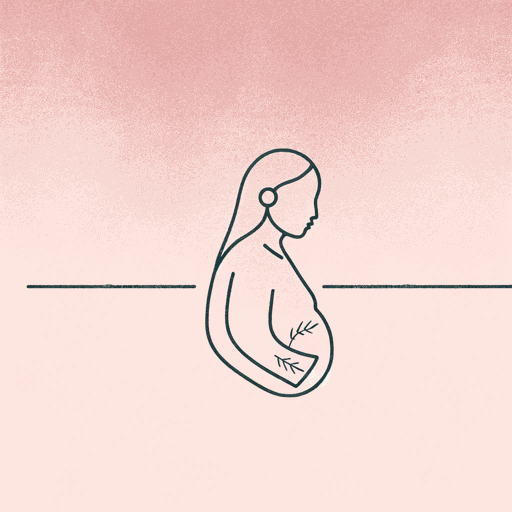
Future Home of the Living God
Louise Erdrich
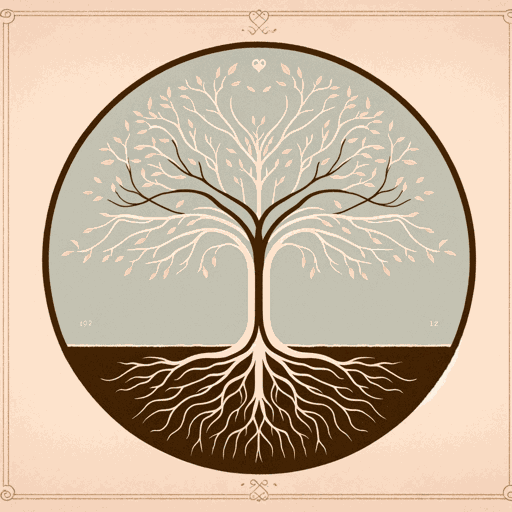
LaRose
Louise Erdrich

Love Medicine
Louise Erdrich

Shadow Tag
Louise Erdrich

The Antelope Wife
Louise Erdrich
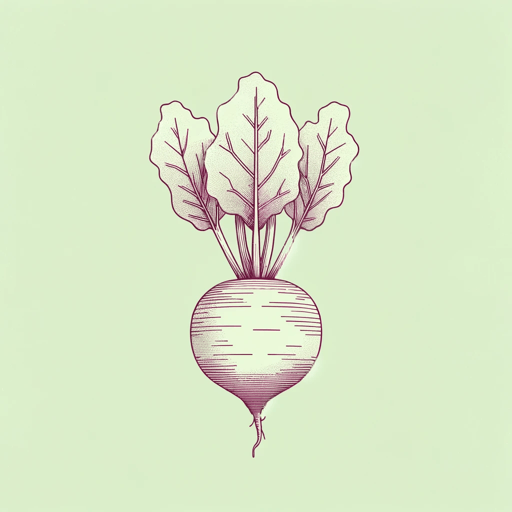
The Beet Queen
Louise Erdrich

The Bingo Palace
Louise Erdrich

The Birchbark House
Louise Erdrich
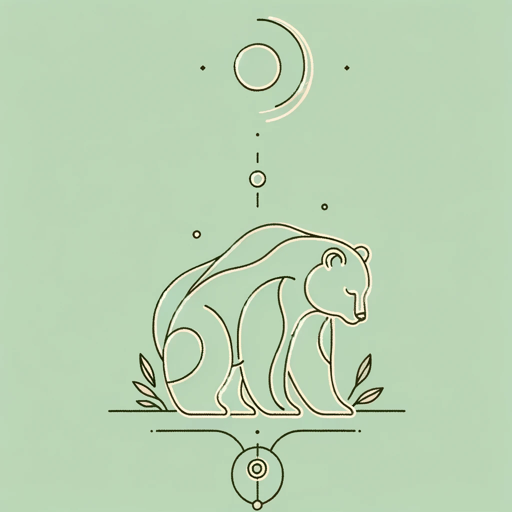
The Game of Silence
Louise Erdrich
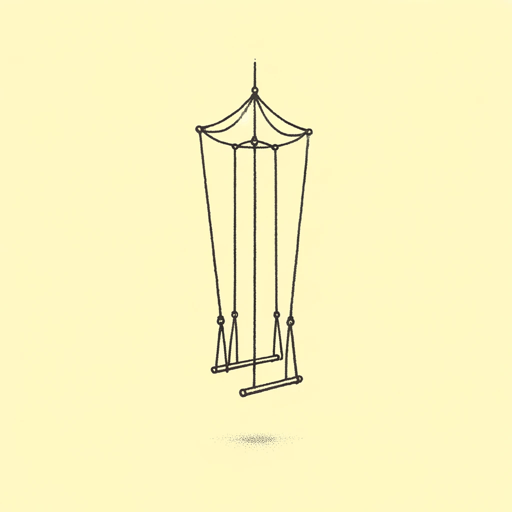
The Leap
Louise Erdrich

The Master Butchers Singing Club
Louise Erdrich
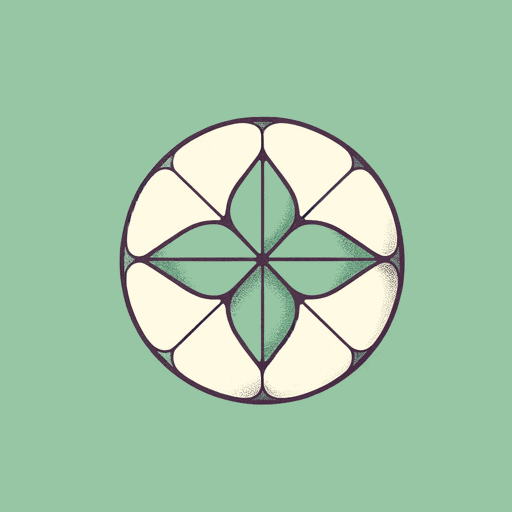
The Night Watchman
Louise Erdrich

The Painted Drum
Louise Erdrich
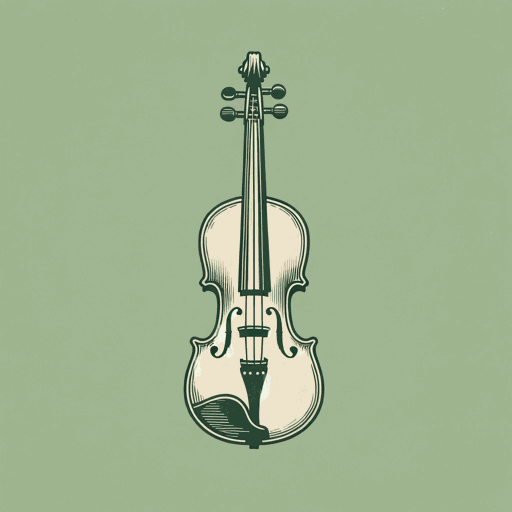
The Plague Of Doves
Louise Erdrich

The Red Convertible
Louise Erdrich

The Round House
Louise Erdrich

The Sentence
Louise Erdrich

The Shawl
Louise Erdrich

Tracks
Louise Erdrich
